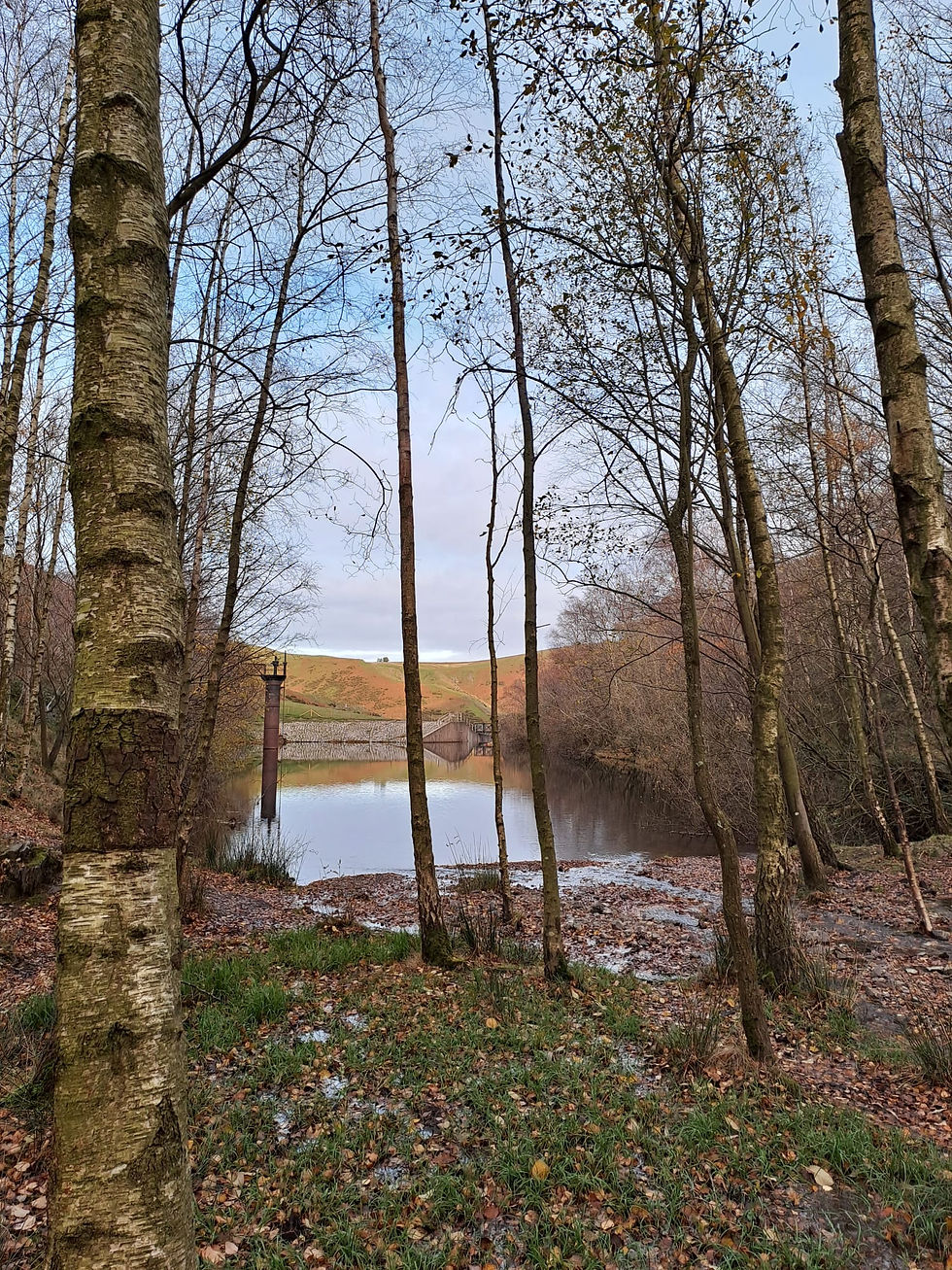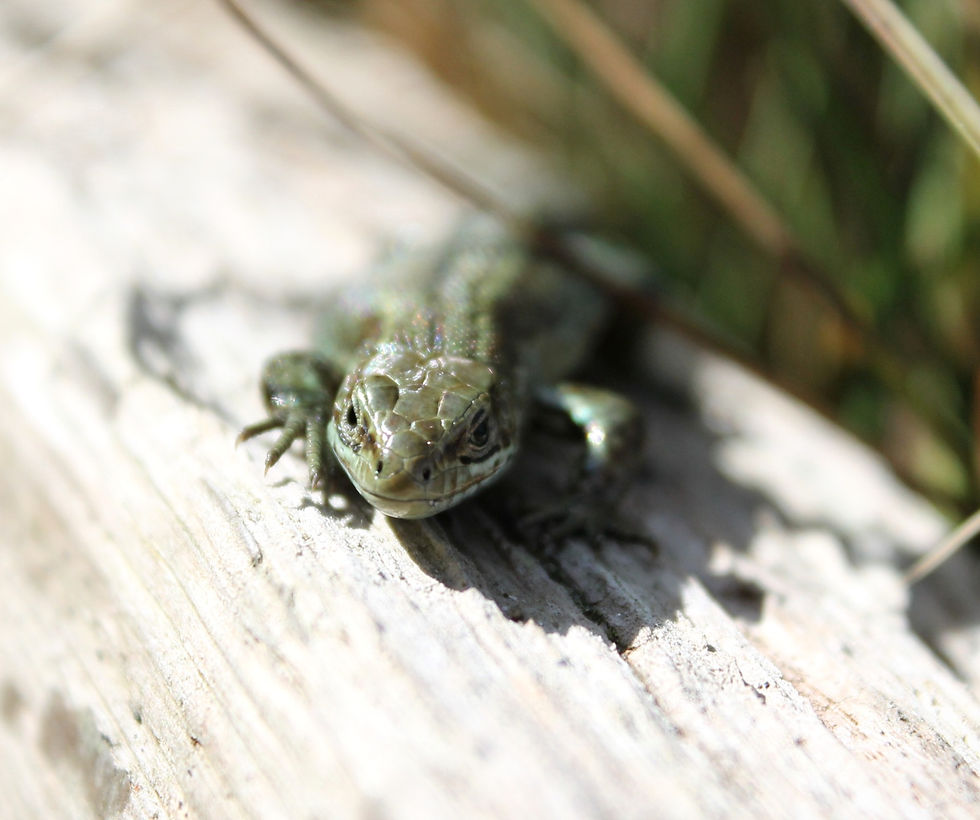Sharks or Humans: Who's Really the Villain?
- Julianne Pickard
- Oct 20, 2023
- 4 min read
Updated: Dec 13, 2023
The portrayal of animals in the media has the influence to help or hinder their survival. For some, such as the Giant Panda, exposure of their cute, cuddly, harmless nature has resulted in vast amounts of funding to keep this species away from the brink of extinction. However, for other less "charismatic" species, the media has had detrimental effects.

An article published this August in The Daily Telegraph headlined "Is Jaws Coming to Somewhere Near You?" was accompanied by a menacing image of a great white shark printed across half the page. Instantly, I felt this article did not have the shark’s best interest at heart. The presence of sharks was, as usual, paralleled with the horror film "Jaws" for dramatic news. It is fact that some species of sharks are dangerous, and there have been fatal incidents, however these articles eliminate relevant facts which thereby instil fear into people to sell newspapers. Rather than fearing an ocean full of sharks, it should be an ocean without sharks that we should be worried about.
Current research on an aggregation of white sharks off Cape Cod has attracted attention from conservationists and journalists and some take this as an opportunity to scare people. This article recounts extreme shark incidents from July and August this year and goes on to recount incidents from as far back as 1999 to emphasise that sharks should be feared. This shark aggregation should be a celebration of conservation success rather than turned into a negative news story with consequential drama and hysteria among the public. An article from Scientific American recognises the safety implications of shark aggregations, however, the latter is a sign that shark conservation is succeeding as a result of less overfishing and a “re-establishment of the trophic food chain”.
Furthermore, this article uses research carried out in Cape Cod to link similar water temperatures and the abundance of seals in the UK to conclude that dangerous sharks will suddenly be abundant in popular holiday spots such as Cornwall. Despite similarities between the two locations, no confirmed sightings of great whites have ever been documented in UK waters.

While it is known that British waters have a suitable habitat for white sharks, the fact that the species have not been recorded in UK waters continues to be a question scientists struggle to answer. Consequently, if sharks are not coming to the UK with the current habitat suitability, it is unlikely that they will suddenly arrive in the future.
There are currently 40 species of shark resident to UK waters and none of these are dangerous; with 16 unprovoked attacks since 1900, only one of these has been fatal. The media uses the presence of new species to create fear which is misleading as it does not mean that great whites will also reside here in the future. The Daily Telegraph article uses a sighting of a smalltooth sandtiger shark as ‘evidence’ for future impeding shark attacks. Despite this species having similar environmental requirements with white sharks, this does not mean that both these species will become common in UK coastal areas. Moreover, smalltooth sandtiger sharks are considered harmless and have never been recorded in a human attack. The omission of this information shows how this is used for scare mongering.
Whilst Cape Cod as a new shark hotspot may concern swimmers, this scenario needs to be put into perspective. Sharks are rapidly declining; 24% of all species are currently threatened with extinction and the current rate of shark decline is faster than any possible rebound due to their low reproductive rates and slow development. Whilst holiday makers may take that as good news, sharks are apex predators and have an important role in top-down control on the food chain, as well as maintaining ocean ecosystem health by removing weak and sick individuals. A decline in sharks has already has cascading effects throughout the food chain which has been shown by the increase of prey species such as the cownose ray. This ray feeds on filter feeders (bivalves) such as scallops and clams which in turn filter out phytoplankton. With less of these bivalves, algal blooms could become uncontrollable, damaging marine ecosystems, and creating dead zones. Even coral reefs have been shown to degrade because of the multidimensional ecosystem which is predominantly controlled by sharks.

For these reasons, we should be treating our sharks as flagship species, not villains, which it is hard to do when a curious shark, nibbling a human, can have drastic consequences for the unfortunate victim. However, if the context is understood, shark attacks can be reduced.
The Florida Fish and Wildlife Conservation Commission states that sharks tend to bite solitary individuals, so staying in groups is a good way to avoid this. Furthermore, there are several things that can draw sharks in due to similarities to their prey: excessive splashing from you or any pets and shiny jewellery, as it mimics fish scales. Finally, avoid swimming at dusk or dawn when visibility is low and sharks are more active, and avoid waters with fishing or signs of feeding activity such as diving sea birds; this often indicates prey is present and may draw sharks into the area. An article in the Daily Mail discusses what to do if you find yourself in a situation with a shark. Marine biologist Ryan Johnson informs us not to “act like prey”. Stay calm and hold your ground and the shark will most likely swim away. You should not turn your back and swim and don’t play dead; if the shark attempts to attack, the most effective way to fight back is to punch a sensitive area such as the gills.

If people take this advice, human-shark interactions are more likely to become peaceful, however take comfort in the fact that shark attacks are much less deadly than many normal activities such as celebrating! For every 100 million sharks killed by humans each year, there is an average of 10 deaths per year attributed to shark attacks. So perhaps we should be thinking about how species are presented and consider whether it is the animal that is the true villain or us.
All photography by Julianne Pickard



Comments